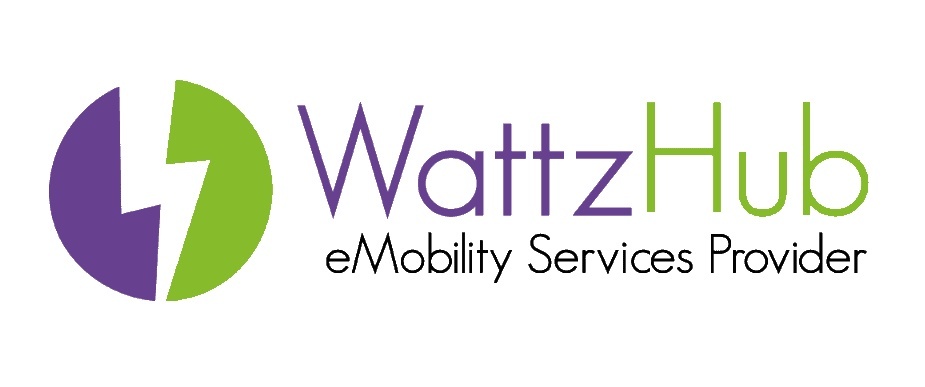Tutvuge Ejorneega - rohkem kui lihtsalt kommertslaadijaga.

Saadaval kuni 2 × 7,4kW {{url_placeholder_0}}, et uskumatult kiire laadimine samaaegselt 2 EV -d laadida.

DLB -funktsioon hoiab ära ülekoormuse ja jaotab toiteallikalt piiratud laadimisvõimsusega klastris.

Mitu maksemeetodit, näiteks mobiilirakendus, RFID-kaart ja kõik-ühes makseterminal* (valikuline).

B -klassi keskmine energiamõõtur iga pistikupesa jaoks, et tagada kaubandusliku laadimise täpsus.

Varustatud A -tüüpi 30 mA -ga RCD ja 6MA alalisvoolu lekkekaitsega, on ka pliiatsi kaitse* (Suurbritannia turg).

Laadija korpuse suured lamedad pinnad pakuvad kaubamärgi ja nähtavuse jaoks piisavalt ruumi, samas kui 7 -tolline puutetundlik ekraan reklaamimiseks.
Pakkuge klientidele mugavaid ühendusteenuseid.








Loe lisateavet S-seeria kohta
Installing EV charging stations requires careful planning, qualified electricians, and compliance with electrical standards.
Many locations have simplified the approval process for EV chargers, but understanding local regulations is essential as they can vary from state to state.
By working with an experienced national provider such as LCTC, we can manage all these obstacles to ensure total compliance and professionalism.
The chargers will require OCPP 1.6J or above capabilities. This is how CPO software communicates and controls the charger. You will also need a steady, reliable internet connection. We recommend using a hardwired ethernet connection to the charger or a built-in GSM modem and sim card. However, a wireless connection is also an option but not preferred.
Online/Offline RFID card charging
Charging with mobile app
Operating through the touch screen
Once your car is fully charged, the charging station will stop supplying power to your vehicle automatically. You can also monitor the charging status on your car’s dashboard or charging app, which will show the battery level and estimated time until completion.
We can add a Dutch language package or any other language for free.
Hardware warranty is two years.
Credit/Debit Cards: Many stations support direct card payments.
Mobile Apps: Dedicated apps let users start, stop, and pay for charging via smartphone.